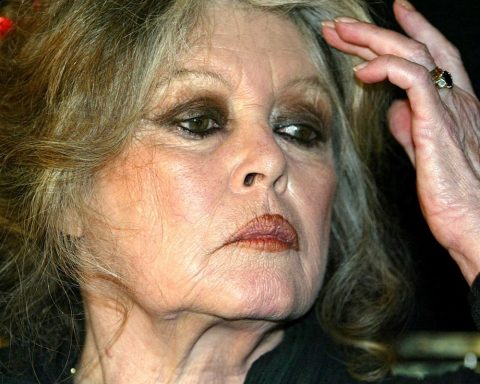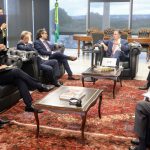Consumer debt levels fell from June to July, reaching 78.5% of Brazilian households, a reduction of 0.3 percentage points (pp). This is the first decline in the indicator since February. However, it is still above the first quarter of 2024, when it ended at 78.1%. In the annual comparison, it is also at a higher level than July 2023 (78.1%).
The data is part of the Consumer Debt and Default Survey (Peic), released this Thursday (1st) by the National Confederation of Commerce of Goods, Services and Tourism (CNC). In February, when the indicator fell for the last time, the drop was from 78.1% to 77.9%.
The survey is conducted with 18,000 families from all over the country. Debts related to credit cards, overdrafts, store credit cards, payroll loans, personal loans, post-dated checks, and car and house payments are taken into account.
In an analysis by income bracket, the survey shows that the lower the purchasing power, the higher the debt. Among families with an income of up to three minimum wages, 81% are in debt. The rate rises to 79.6% among consumers who earn between three and five minimum wages. For families with an income between five and ten minimum wages, debt reaches 76.7%. The lowest level is for families with a profile above ten minimum wages, 69.8%.
Default
The CNC emphasizes that debt is not necessarily a negative financial behavior, since it is a way of directing money towards consumption, which stimulates the economy as a whole. However, it warns that the debt rate is a concern when families begin to have difficulty in honoring payments, known as default.
The percentage of families with overdue debts was 28.8% in July, the same level as in June. A year ago, the figure was 29.6%. The percentage of families who say they are unable to pay their debts was 11.9% in July. In October of last year, the figure was 13%.
Debt profile
The average percentage of income committed to debt was 29.6% in July, the fifth month with a decline at this level, when it was 30.4%. The average time committed to debt was 7.2 months.
The main form of debt is credit cards, used by 86% of debtors. Installment plans come next (15.7%), ahead of personal loans (10.6%), home loans (9.1%), car loans (8.4%), and payroll loans (5.6%).
Rio Grande do Sul
The July survey presents a specific approach to Rio Grande do Sul, a state devastated by floods in late April and May. The debt rate of families in Rio Grande do Sul reached 91.2% – 12.7 pp above the Brazilian average. This is the highest share since October 2023.
The percentage of families with overdue debts reached 38%, which represents 8.7 percentage points above the national average. For researchers, this shows that the people of Rio Grande do Sul had to go into debt to adjust their budgets amid the scenario affected by the climate disaster.
Without Rio Grande do Sul in the Peic calculation, Brazil would have a debt rate of 78%.
Projection
The CNC projects that the country’s debt ratio should decline in August and September, reaching 78.2%. From then on, a new upward trajectory is expected, closing the year at 78.4%.
Regarding the percentage of families with overdue debts, researchers point to a growing trend, ending 2024 at 29.5%.
















